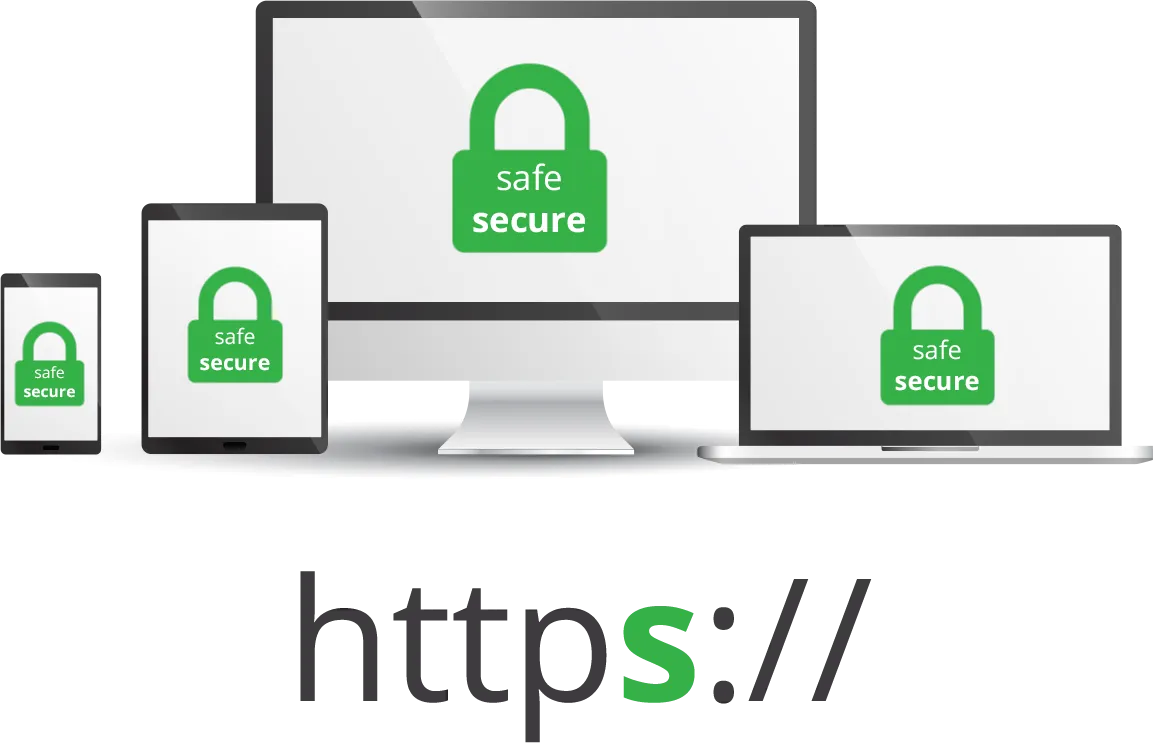
Shopping online is no longer a preference, it has become essential to daily life, whether you are stocking up for another week of lockdown, replacing that quirky boiler part or getting Grandchildren’s birthday gifts. The onset of the Covid-19 pandemic has generated an unprecedented increase in popularity for online shopping. New or inexperienced shoppers make up a large portion of this increase.
For many of the novice online shoppers, the experience has been much easier than they imagined and now, having popped that online shopping cherry, they may begin purchasing from some of the lesser established websites. How do we know that these websites are safe to purchase from? If the German Government can get scammed online, what chance for us mere mortals?
Here are some simple steps to keep you safe as you continue to enjoy safe shopping online.
Let us start with common sense. Look out for bad grammar or spelling on the website. Legitimate websites do not tend to have a lot of spelling mistakes. Scam websites do. Always check the URL or website address at the top of the page, to make sure it looks legitimate. Pay particular attention to the words just before the .com, .co.uk or ie. If it looks odd just google the website and visit directly. Remember tesco.randomword.ie is not the same website as tesco.ie
A good way to spot a secure website sits in the top left-hand corner of the browser.


As the page loads, a little padlock icon sits innocently on the top left hand corner. If there is a red line through this lock, or the wording ‘not secure’, the site is quite simply, not secure. This is no reflection on the retailer of website owner’s character. It means that they have not purchased a Digital Security Certificate or SSL cert for their site. Some retailers are also new to the online shopping and hastily upgraded websites may well have overlooked this important item. This is not your concern. You need to shop safely. Trust is essential and Google recommend digital security certificate for all sites, even those that are not commercial. It is Google that marks the lock icon as safe or unsafe.
An SSl cert verifies the identity of the website. It codes, conceals and protects sensitive information with SSL (Secure Socket Layer) encryption. Google Search Engines use SSL certificates to rank websites and do not promote those who don’t have one, for obvious reasons. If the lock is not on the website you have chosen, then it is not advisable to purchase.
Don’t use public Wi-Fi to make purchases. This is probably not a problem at the moment unless you are walking 2km to access free Wi-Fi from some obscure place. Public Wi-Fi is, well, public. Therefore your information may be too. Bookmark or save the page and purchase later when a trusted Wi-Fi source is available to you.
If you are setting up an account for your favourite online choose your Password carefully and do not use the one that you have used before. Even with secure sites, it makes sense to reduce the amount of personal information you reveal. You should never use a password repeatedly no matter how handy it makes thigs for you.
Paying for purchases online can be the scariest step of an online purchase but things have gotten a lot better for consumer security when it comes to card payments and most high street banks are now employing Strong Customer Authentication (SCA) to add extra layers of security to our online buying. This can be irritating but it is a huge help in the fight against fraud and identity theft.
PayPal is a reliable and secure method of making payments. It does not give your credit card details to anybody but protects that vital information and just sends the payment to the retailer.
Shopping online is a godsend at the moment. In normal times, it is convenient and offers a wider range of choice. It is likely that online shopping will remain an easy and preferred option long after the Covid-19 pandemic has become a distant memory. It can be a great experience if we just follow our instincts and some amazingly simple rules.